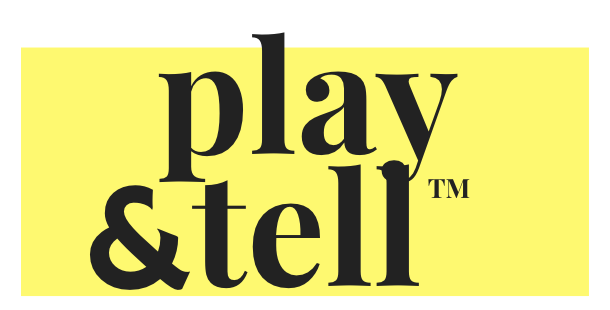Play
to Win
Contact us
Strategy game. By using this framework, teams can develop strategies that don’t focus on achieving goals but rather on defining winning strategies that will let them compete more effectively. This playful tool helps you understand your environment and the forces affecting all the players in your playground (competitors). It also helps you think like your competitors in order to develop a strategy that is competitive enough to win.







